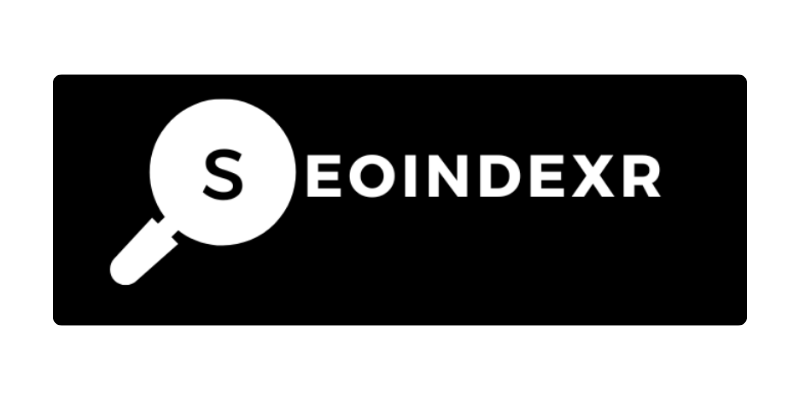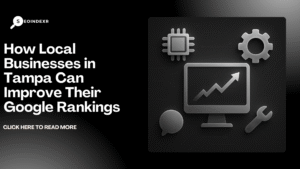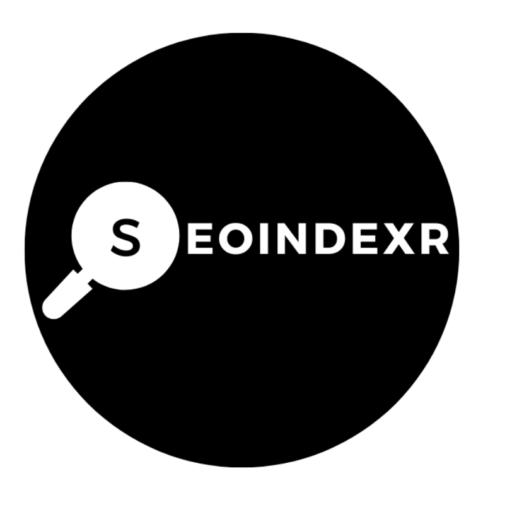As Artificial Intelligence continues to evolve, two dominant trends stand out in 2025 Enterprise AI and Agentic AI. These technologies redefine how businesses approach efficiency, automation, and intelligent decision-making. But with transformation comes the need for enterprises to fully understand and optimize for these advanced AI capabilities.
In this blog, we’ll explore what Enterprise and Agentic AI are, why they matter, and how organizations can strategically prepare for this future. We’ll also share actionable strategies, industry examples, best practices, and FAQs.
Table of Contents
ToggleWhat Is Enterprise AI?
Enterprise AI refers to the integration of artificial intelligence systems across various business functions—finance, operations, customer service, HR, and more. Unlike consumer AI applications, which often focus on end-user experience, enterprise AI is built for scalability, compliance, security, and ROI.
Core features of Enterprise AI include:
- Data integration from disparate sources
- Automation of complex workflows
- Predictive analytics for business decision-making
- Secure and compliant deployment
According to a Gartner 2024 report, over 70% of large enterprises will adopt AI orchestration platforms by 2025, signaling the shift toward full-scale AI operations.
What Is Agentic AI?
Agentic AI goes beyond traditional machine learning models. These systems are designed to perform actions autonomously while interacting with their environment, setting goals, and adapting in real time. Think of it as AI agents that take initiative—planning projects, scheduling, and even conducting negotiations—without needing constant human input.
Examples of Agentic AI in the real world include:
- AI project managers coordinating teams
- Autonomous scientific discoverers in pharmaceutical R&D
- AI customer service agents resolving queries end-to-end
With advances such as OpenAI’s AutoGPT and Google DeepMind’s AlphaCode, 2024 is witnessing AI agents reaching new levels of autonomy.
Why Optimization Matters
While integrating AI tools into business functions is crucial, optimizing for Enterprise and Agentic AI involves going beyond AI adoption. It demands a change in mindset, infrastructure, workflow design, and ethical considerations. Enterprises that fail to optimize risk inefficient systems, data leaks, and missed opportunities.
How to Optimize for Enterprise AI
1. Establish a Unified Data Framework
Enterprise AI thrives on data. Begin by creating a centralized data architecture that standardizes data access across departments. This includes implementing data lakes, warehouses, and robust ETL pipelines that tailor raw data into business-ready formats.
2. Invest in AI Orchestration Platforms
Platforms like DataRobot, H2O.ai, and Azure Machine Learning help automate the process of model development, validation, and deployment. These systems also bring transparency and documentation—key for enterprise governance.
3. Implement Responsible and Explainable AI
Enterprises must comply with regulatory frameworks like the EU AI Act and emerging U.S. AI policies. Use tools like SHAP and LIME to ensure your AI outputs can be understood and justified by business leaders and regulators alike.
4. Build a Human-AI Collaboration Model
AI should amplify human capabilities—not replace them. Create roles where employees work alongside AI systems, such as AI-augmented analysts, AI-supported legal researchers, etc. Promote internal upskilling programs focused on AI tools and ethics.
5. Scale through APIs and Microservices
Design your AI systems using APIs and microservice architectures. This allows for modular development, faster scaling, and easy integration with enterprise ecosystems like SAP, Oracle, or Salesforce.
How to Optimize for Agentic AI
1. Identify Repeatable, High-Impact Use Cases
Agentic AI performs best in areas with clear objectives but complex execution steps. Examples include strategic sourcing, IT incident management, or legal contract review. Identify where autonomy can give your business a competitive edge.
2. Design Task Environments Aligned with LLM Agents
Agentic AI systems are often built using large language models (LLMs) like GPT-4, Claude, or Gemini. These models need structured environments to process tasks. Use vector databases (e.g., Pinecone, Weaviate), prompt chaining, and memory modules to give your agents long-term task context.
3. Build Agentic Pipelines
Instead of single-use responses, build agents that plan, execute, and evaluate multi-step processes. For instance, a market analysis agent might gather data, run sentiment analysis, synthesize findings, and generate a strategy document.
4. Implement Multi-Agent Collaboration and Swarm Intelligence
One agent is good, but multiple agents working in tandem is better. Leverage frameworks like AutoGen or LangChain AI to build agent collectives that dynamically collaborate to solve assignments, delegate tasks, and reach consensus.
5. Prioritize Safety and Autonomy Boundaries
Define the autonomy levels of your agents. Should they make purchases? Send emails? Adjust system configurations? Use guardrails and role-based permissions. Integrate human approval workflows for critical decisions.
Enterprise Readiness Checklist (2024)
- ✅ Do you have a centralized data strategy?
- ✅ Are your models explainable and compliant?
- ✅ Have you evaluated AI orchestration tools?
- ✅ Do AI systems align with business KPIs?
- ✅ Are your teams trained in AI augmentation?
- ✅ Do you have testing environments for AI agents?
Case Studies
1. Coca-Cola + AI Orchestration
Coca-Cola deployed an enterprise-wide AI strategy using OpenAI and Bain & Co’s GPT platform to optimize customer engagement and product development. The system integrates marketing content generation with customer feedback loops.
2. Morgan Stanley + AI Agents
Morgan Stanley implemented a GPT-powered knowledge assistant trained on 100,000 internal research documents to support financial advisors—delivering accurate insights with agent autonomy while adhering to compliance needs.
3. Siemens + Agentic Manufacturing
Using autonomous agents, Siemens optimized predictive maintenance in manufacturing by deploying AI systems that detect, report, and schedule equipment servicing without human interference.
Trends to Watch in 2024 and Beyond
- 📈 Rise of Agentic DevOps for IT operations
- 🔐 Tighter AI compliance regulations (EU AI Act, ISO 42001)
- 🧠 Emergence of emotion-aware agents in HR and healthcare
- 🕹️ Real-time agent control dashboards for business operators
- 🧩 Integration of AI with no-code and low-code platforms
Conclusion
As the AI wave accelerates, organizations have unparalleled opportunities to lead more intelligent, efficient, and impactful operations. Optimizing for Enterprise AI means building reliable, trusted, and scalable intelligent systems. Optimizing for Agentic AI means embracing adaptive agents that work proactively and independently to meet goals. The real winners in this new era will be the businesses that don’t just adopt AI—but optimize it thoughtfully and responsibly.
Frequently Asked Questions (FAQ)
Q1: What’s the difference between traditional AI, Enterprise AI, and Agentic AI?
Traditional AI typically handles narrow tasks like classification or prediction. Enterprise AI scales these capabilities across departments with governance and integration. Agentic AI refers to autonomous systems capable of goal-setting, decision-making, and action—with or without human prompts.
Q2: Is Agentic AI safe to implement in a corporate environment?
Yes, when implemented with proper safeguards including access control, human-in-the-loop workflows, test environments, and responsibility protocols.
Q3: Do I need to rebuild my entire tech stack for AI optimization?
No. Start by assessing existing infrastructure. Often, it’s about upgrading data pipelines, adding orchestration layers, and enhancing workflows—not full replacements.
Q4: How do I train my workforce for Agentic AI adoption?
Focus on AI literacy, prompt engineering, ethical understanding, and human-AI collaboration. Tools like Microsoft Copilot and Salesforce Einstein already offer user-centric integrations.
Q5: What industries stand to benefit most from Agentic AI?
Industries with complex project cycles and decision-making needs—




